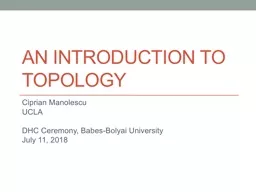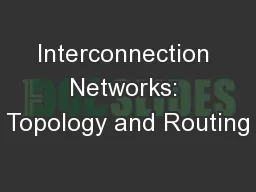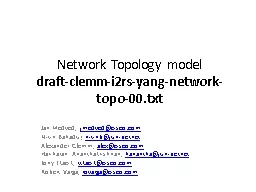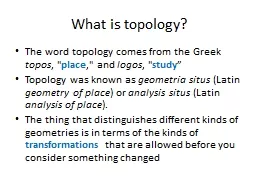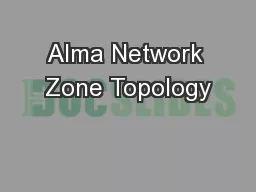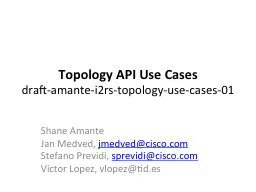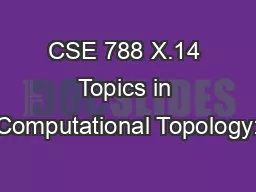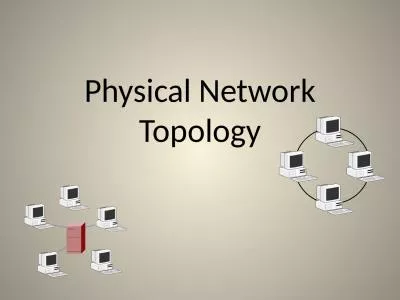PPT-AN iNTRODUCTION TO Topology
Author : lois-ondreau | Published Date : 2019-11-25
AN iNTRODUCTION TO Topology Ciprian Manolescu UCLA DHC Ceremony BabesBolyai University July 11 2018 What is the shape of the Earth We dont know so heres an easier
Presentation Embed Code
Download Presentation
Download Presentation The PPT/PDF document "AN iNTRODUCTION TO Topology" is the property of its rightful owner. Permission is granted to download and print the materials on this website for personal, non-commercial use only, and to display it on your personal computer provided you do not modify the materials and that you retain all copyright notices contained in the materials. By downloading content from our website, you accept the terms of this agreement.
AN iNTRODUCTION TO Topology: Transcript
Download Rules Of Document
"AN iNTRODUCTION TO Topology"The content belongs to its owner. You may download and print it for personal use, without modification, and keep all copyright notices. By downloading, you agree to these terms.
Related Documents

